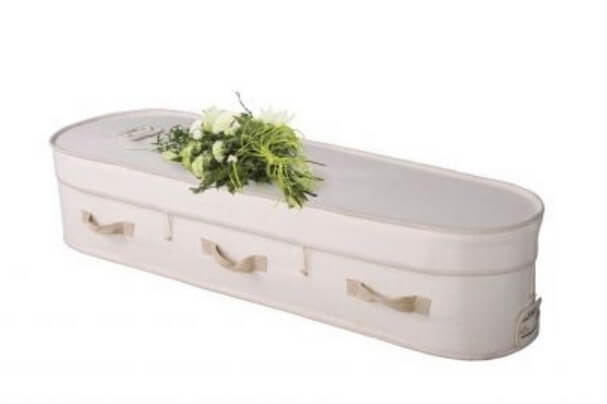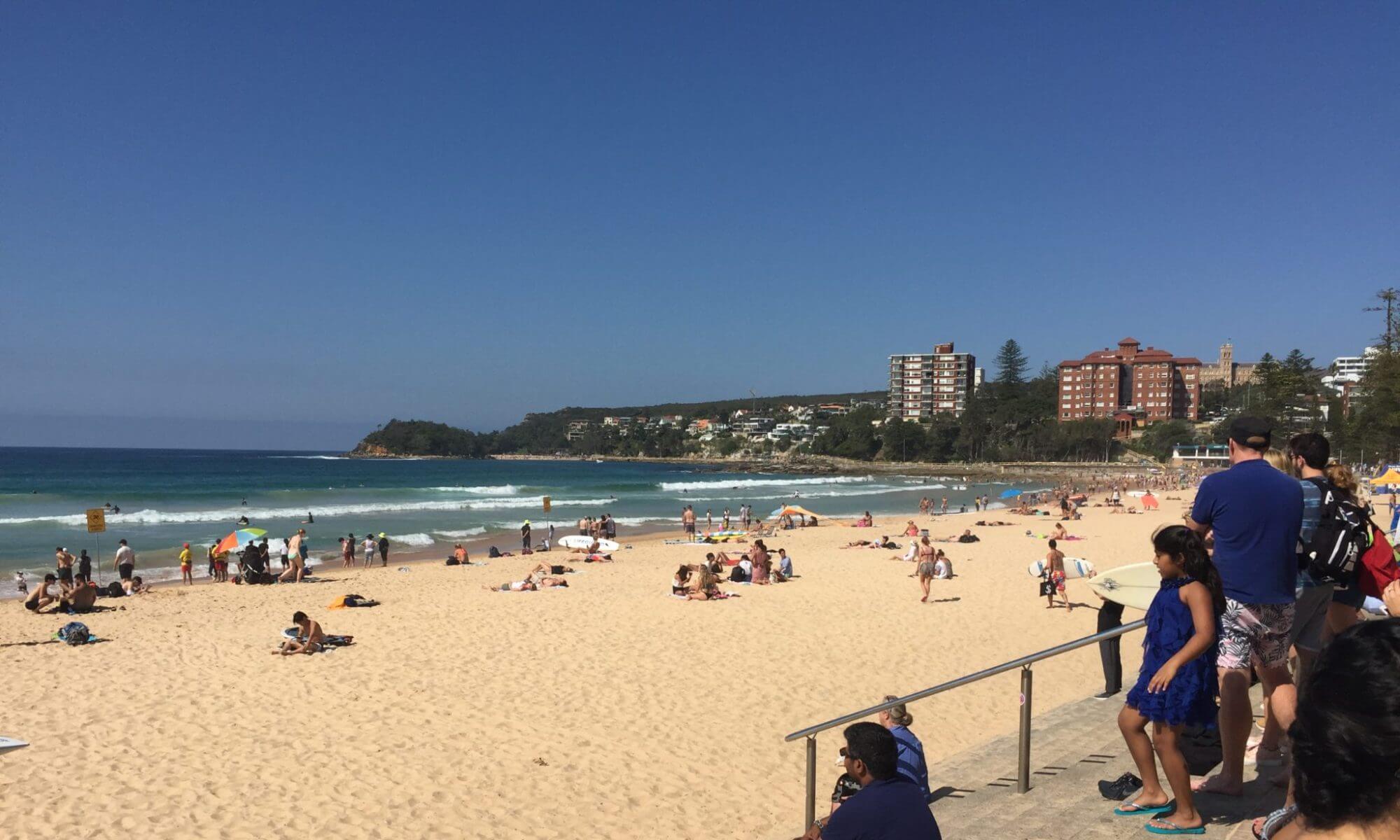There’s no timeline for grieving
My general nature would have loved to find out some sort of formula of a timeline for things feeling better. No such luck. The ‘one year’ rule is a fallacy – sure, you have to experience all those firsts,…

The laws aren’t extensive. And they’re state based
So the NSW law obligates all dead bodies to be put into a coffin (or casket, more on that later) – whether they are being buried or cremated. And… most coffins are wooden and highly varnished. The wicker coffins, or matted wool, are lined in plastic anyhow – let’s be honest, decomposition results in fluids. Coffins vs caskets? Well, I’m still not 100% on this, but they are different profiles – a casket is a true rectangle. And they often have a hinged lid that’s split in two. A coffin is tapered, and has a lid laid on top and screwed shut.
The laws are strict once a body is in our care, so before that, you can have your deceased with you at home. Before a funeral director collects a body, no matter where from, a medical cause of death must be completed by a doctor in person. It can be a GP, or it can be someone within a hospital or nursing home. Some cultures have their deceased overnight to say last goodbyes. Even when ‘in care’ – they can be without refrigeration for eight hours, allowing for vigils.

Burial is more expensive than cremation
Figures right? Given that you’re buying a long lease holding over land. And in Sydney, more than one graveyard has water views! And beyond the cost of the land (which can have two or three people in the one plot), then you need a headstone – depending where you are buried will depend on the size of the headstone and other components of the monument.
Cremation is not a quick nor easy process. It takes time to get to the correct temperatures. And it’s not as simple as just burying the body – there’s further tasks to make a fine and consistent sized ash. And, the sanctity of life and identity remains. Everything is individualised, which is to say, done for one. There are countless checks and methods to ensure the identity of the deceased is maintained throughout the process.
Why does it cost so much?
To move a body, takes at least two people – when collecting from a hospital or home. Someone to drive to a location, move the body into a vehicle, and then into a mortuary. There, every body is washed and prepared, including being dressed, before being placed in a coffin. After this, the cheapest method would be to deliver a body straight to a crematorium, with no funeral, and this will need two people. Add in a church or chapel, or any other movement of a body and coffin requires people to carry up steps, and that’s ideally four (and it’s STILL heavy).
There are some relatively fixed costs like official death certificates or cremation fees. There’s lots of ‘if you want’ costs in orders of service, flowers, costs to churches and clergy (or chapels and celebrants). Whether you want a headstone or an urn. Though, you do get a PVC brick sized container with ashes, so one doesn’t HAVE TO have to do anything more.
Embalming?
It’s not very common in Australia. It’s incredibly common in New Zealand. It’s a highly skilled task, and preserves the body. A body must be embalmed to be entombed in a crypt or a vault – essentially any long term storage above ground. This is a specialist skill and requires certification. It is, in fact, the only qualification in the funeral industry.
Any questions you have about funerals?
